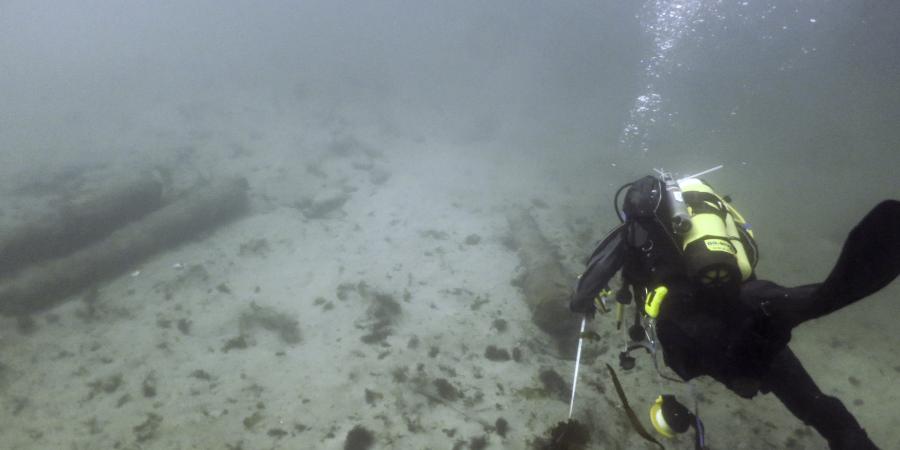'Saxon Death, Saxon Gold': Archaeological evaluation was undertaken by Channel 4’s Time Team on land at West Langton, Market Harborough, Leicestershire. In the 1970s, small-scale excavations revealed the remains of a poorly-preserved Romano-British villa in the field to the north of the Langton Brook. Anglo-Saxon artefacts, particularly metalwork, have also been found in the area, providing evidence for a possible settlement and cemetery located to the south, on the hilltop above the villa.

